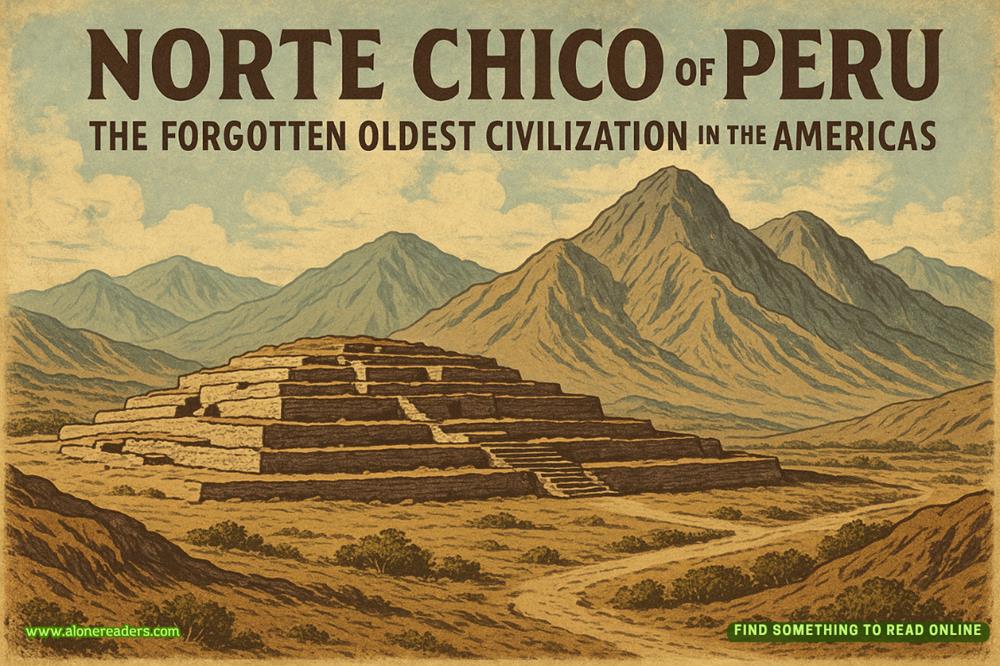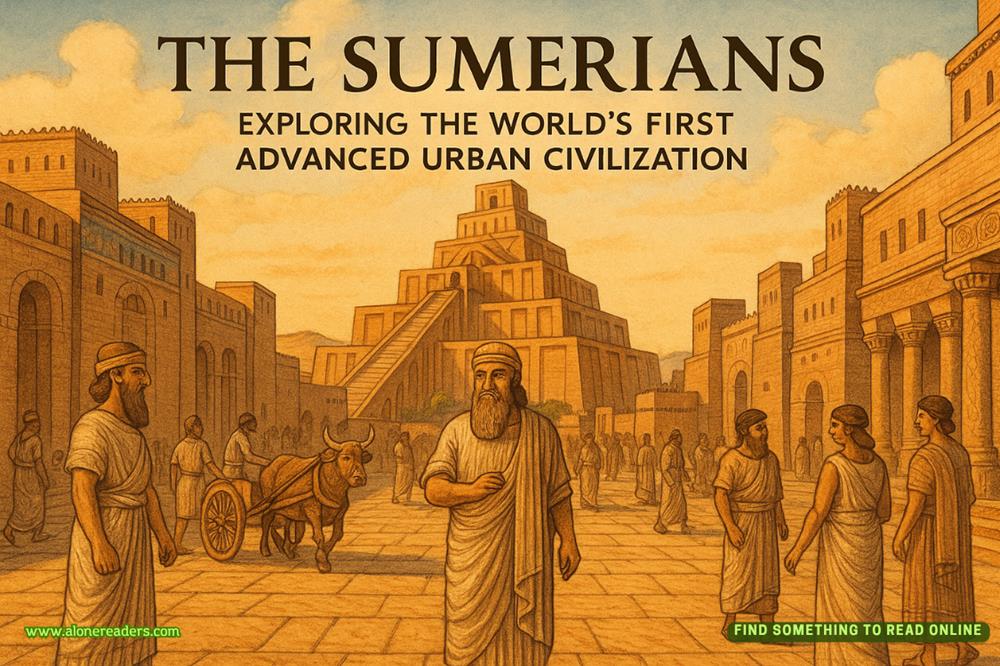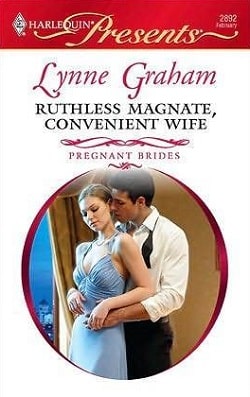Lydia shook her head. “I haven’t the faintest idea.”
Iris seemed not to hear them. The antiquities scholar shook her dark hair back from her face, twisted the heavy mass up abstractedly with an ink-drenched pen from Selina’s desk, and began to spread out the papers. She made quick work of the inkwell and a small pitcher from a sideboard. She called for tea, and when it arrived, she chewed on her lower lip and appeared to perform some kind of chemical experiment within the pitcher.
When she’d finished, she tugged the quill out of her hair, grimaced as the shiny black weight flopped back down around her shoulders, and then dipped the feather end of the quill into the potion she’d hastily concocted.
With a steady hand, she swept the feather over the first sheet of foolscap, producing a thin wash of brownish liquid. As they watched, the pigment settled in the grooves left behind by Davis’s pen. Iris blew carefully on the paper, but there was no need to wait for it to dry.
Every line set down by Davis’s pen was now perfectly visible.
Selina made a smothered sound behind her hand.
“Go on,” Lydia said. “Say it.”
“I can’t.”
“You said we needed Iris. You told us so.”
“It would be smug of me to remind you.”
“You’ve the look of a cat who’s eaten the entire Christmas goose. You are already smug.”
Selina laughed.
The rest of the group perused the letters Georgiana had retained as well as each of Davis’s papers as Iris revealed the writing thereinwith careful tea-colored strokes. Their companions’ speculations were similar to Lydia’s and Arthur’s—the figures were depictions of the rifle scope; the numbers might perhaps reflect the weapon’s range.
Lydia ground her teeth as she angled her head over the letters that Selina had recently scrutinized. “Do you notice anything that I’ve missed? Here he asks about Piccadilly. I know there were more letters in which he mentioned London sites, but I fear I cannot recall them exactly.”
Selina shook her head, frustration evident in the set of her jaw. She straightened the papers with quick, efficient movements. “I don’t know. Based on his diagrams, it seems likely he meant to put the weapon to use, but we do not know where or when. He might not even be in London at all.”
Georgiana, seated at the desk near where Iris worked with her quill, made a tiny, quickly stifled sound. Almost a gasp.
Lydia looked up. Her heart had clutched at the sound—fear and hope together. “What is it?”
Georgiana was staring down at one of the papers that Iris’s ink wash had excavated. “I know this place,” she said evenly. “I’ve been here.”
Arthur made for the desk to look down at the papers.
Lydia felt herself frozen to her chair. “What is it? Where?”
“It’s St. Saviour’s Church,” Georgiana said, still looking at the paper. “I set one of my novels there. It’s fallen into disrepair inside—everything covered in cobwebs, most of the medieval furnishings rotted away. I went there last year for research purposes and had to sneak in past two separate padlocked doors.”
Selina had risen as well. “They’ve started a renovation project there,” she said. “They asked us to donate.”
“Yes,” Georgiana said. “I went back this year and could notenter. The tower is in the process of being rebuilt from the ground up, and the chapel is to be demolished.”
“Why would Davis have a drawing of a church?” Lydia asked.
Arthur had stopped behind Georgiana and was looking down at the papers. “This tower,” he said slowly. “It looks out over the city?”
Selina pressed a hand to the base of her throat. “Somewhat. The tower overlooks the Thames and London Bridge.”
“He would have excellent range to shoot from that tower,” Arthur said. “Almost as far as from the ramparts at Strathrannoch Castle.”
Lydia felt her blood run cold.
The rifle scope—the ramparts—the pine tree so distant she could scarcely make it out.
And now this drawing of St. Saviour’s.















